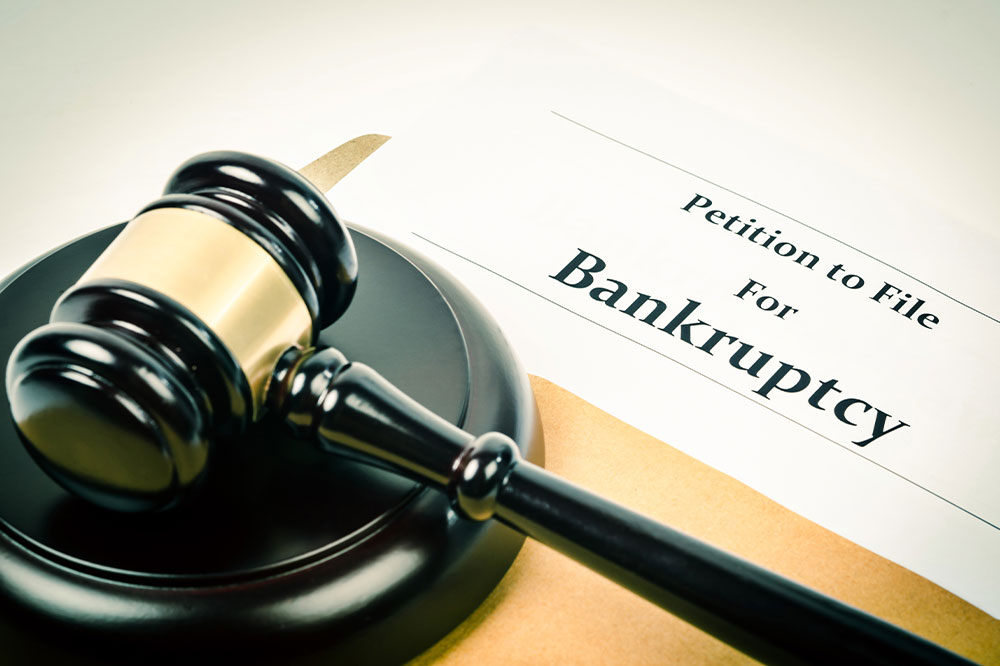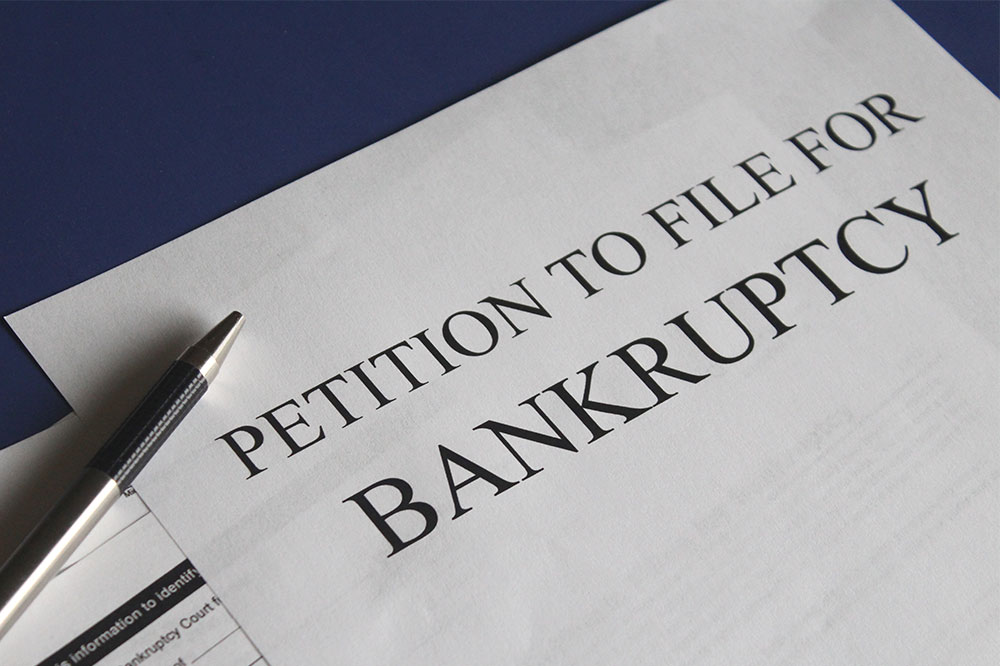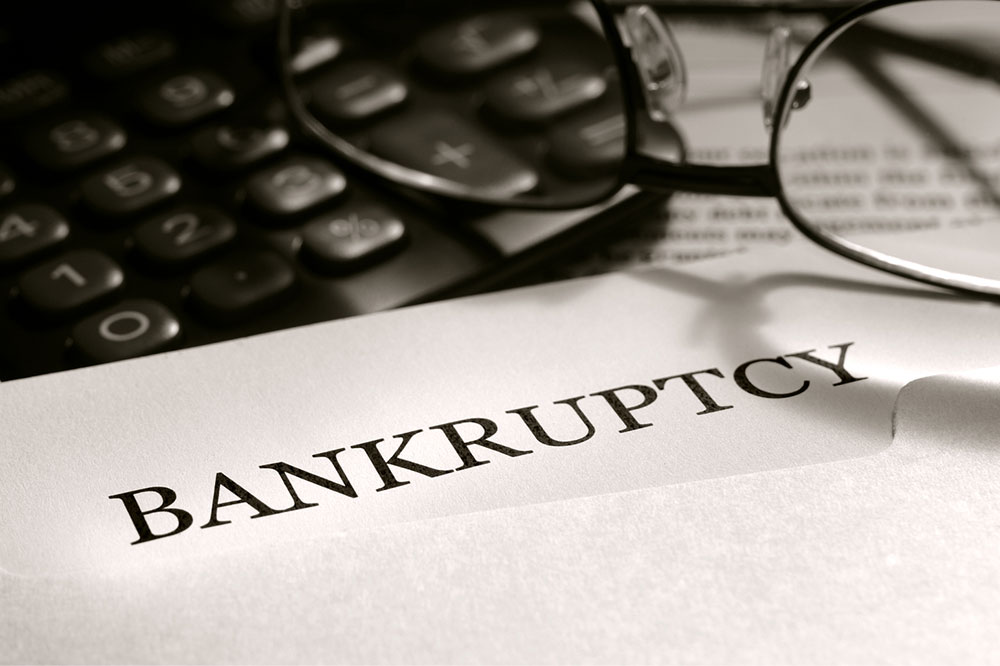Comprehensive Guide to Bankruptcy Filing Costs and Expenses
This comprehensive guide explores the costs and expenses associated with filing for bankruptcy. It details the different types of bankruptcy, including Chapter 7 and Chapter 13, and provides insights into court fees, attorney charges, and mandatory courses. Understanding these costs helps individuals better prepare financially for the bankruptcy process and facilitates a smoother path to financial recovery. Whether you're considering liquidation or reorganization, knowing what to expect can make a significant difference in your journey toward debt relief and financial stability.

A Complete Overview of Bankruptcy Filing Costs and Associated Expenses
Facing financial difficulties often leads individuals to consider bankruptcy as a strategic way to manage overwhelming debt. Although the idea of incurring costs during financial hardship may seem counterproductive, understanding the expenses involved in the bankruptcy process is crucial for effective planning and decision-making. Bankruptcy is a legal mechanism designed to provide relief by either discharging debts or reorganizing them, enabling debtors to regain financial stability. However, the process entails various costs that can vary widely based on multiple factors such as the type of bankruptcy, the complexity of the case, court fees, attorney charges, and geographic location. In this comprehensive guide, we explore the different types of bankruptcy filings, their associated costs, and important financial considerations to help you navigate this complex process more effectively.
Understanding the specific costs involved in bankruptcy is essential for anyone contemplating this route. It not only prepares you financially but also ensures transparency during the process. The total expenses depend largely on whether you file for Chapter 7 or Chapter 13 bankruptcy, with each having distinct cost structures and implications. Let's delve into the details of each type and examine the typical expenses you might encounter along the way.
Types of Bankruptcy Filings and Their Cost Implications: The two most common forms of bankruptcy for individuals are Chapter 7 and Chapter 13. Each serves different purposes and involves different degrees of financial commitment. Selecting the appropriate chapter depends on your financial situation, assets, income level, and long-term goals. Understanding these differences is key to estimating costs and preparing adequately.
Chapter 7 Bankruptcy: Often termed liquidation bankruptcy, Chapter 7 offers a swift resolution by discharging qualifying debts. The process requires you to sell certain non-exempt assets to pay creditors. This type is especially suitable for individuals with limited income and few assets, seeking a quick fresh start. Costs associated with Chapter 7 typically comprise court fees, attorney fees, and educational courses. The court filing fee is fixed at approximately $338, although this may vary slightly by jurisdiction. Beyond court costs, hiring an experienced bankruptcy attorney is strongly recommended to ensure proper filing and compliance. Attorney fees for Chapter 7 generally range between $500 and $3,500 depending on the complexity of your case and geographical location. Many attorneys offer free initial consultations, which help you understand potential expenses upfront.
Chapter 13 Bankruptcy: Known as reorganization or wage earner bankruptcy, Chapter 13 allows individuals to retain their assets while consolidating debts into a manageable repayment plan over three to five years. This approach is ideal for debtors with steady income who want to keep valuable property like a home or car. The costs for Chapter 13 include court fees—around $313—and higher attorney fees, often between $1,500 and $6,000, reflecting the more complex nature of reorganization plans. Instead of liquidation, Chapter 13 involves detailed financial planning, which may require additional legal and administrative assistance. As with Chapter 7, some courts review fees exceeding certain thresholds to ensure fairness, and many lawyers offer initial free consultations to provide cost estimates beforehand.
Other Mandatory Costs and Fees in Bankruptcy Filing: In addition to the primary charges, there are several other expenses that you need to account for in the bankruptcy process:
Filing Fees: These are mandatory and vary by chapter—approximately $338 for Chapter 7 and $313 for Chapter 13. Payment is required at the time of filing and constitutes the foundation of the legal process.
Credit Counseling Course: Before you file, federal law mandates completing a credit counseling session, which typically costs around $50, although some agencies offer lower-cost options, sometimes as low as $15-$20. This course aims to help you evaluate your financial situation and consider alternatives.
Financial Management Course: After filing, debtors are required to complete a debtor education course to gain financial management skills and create a plan for future credit use. The fee for this course ranges from $50 to $100, with sliding scale options available for individuals with low income.
Attorney Fees: Engaging a bankruptcy lawyer can significantly impact your total expenses. Fees depend on the case complexity, jurisdiction, and bankruptcy type, with ranges typically between $500 to $3,500 for Chapter 7 and $1,500 to $6,000 for Chapter 13. Many attorneys offer free initial consultations, which help you understand specific costs before proceeding.
Understanding the various costs involved in bankruptcy filing allows you to plan appropriately and ensures a smoother recovery process. Being aware of both fixed and variable expenses helps minimize surprises and ensures that you are financially prepared for each stage of the journey. While the costs may seem daunting, proper planning and professional guidance can help you navigate this challenging period more confidently.
In conclusion, bankruptcy is a powerful legal tool to help individuals regain financial stability, but it comes with associated costs that vary depending on multiple factors. Recognizing these expenses early, understanding your options, and consulting with experienced professionals are crucial steps toward making informed decisions that align with your financial goals and circumstances.





